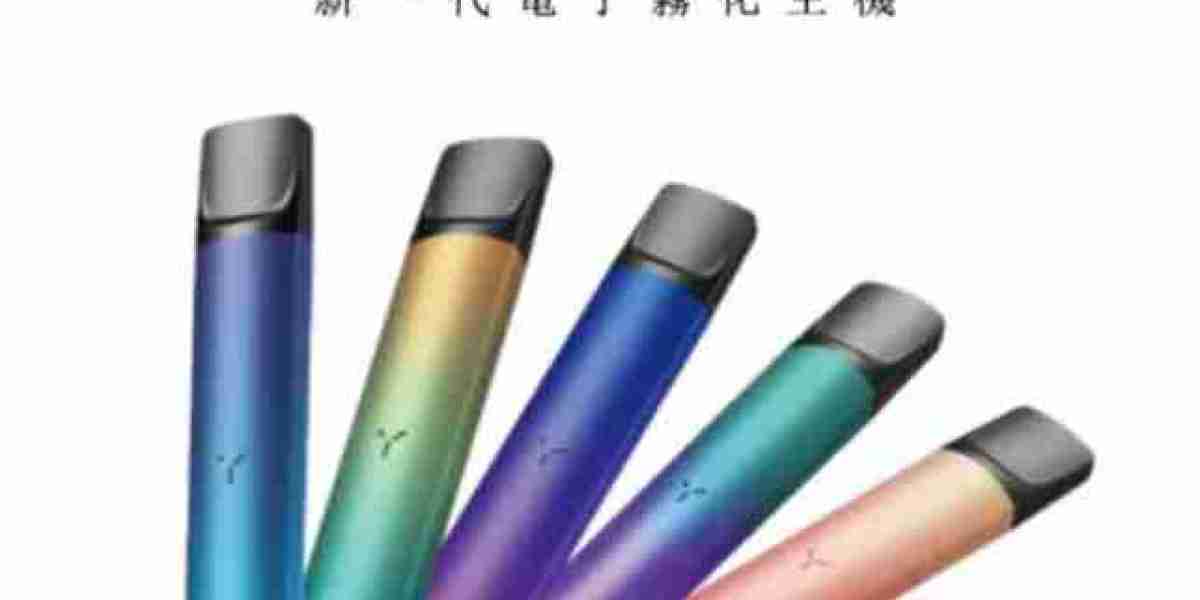The fruit wine market has evolved significantly over the past few decades, with technological innovations playing a crucial role in shaping the industry. As consumers increasingly seek diverse and unique beverage options, fruit wine producers are turning to advanced technologies to meet demand and stay competitive. These innovations are not only enhancing the production process but also improving product quality, sustainability, and consumer experiences. This article explores the key technological advancements in the fruit wine market and how they are transforming the industry.
1. Advanced Fermentation Techniques
Fermentation is at the heart of wine production, and recent advancements in fermentation technology have revolutionized how fruit wines are made. Traditional fermentation methods can be slow, labor-intensive, and prone to inconsistencies. However, with the introduction of automated fermentation systems, fruit wine producers can now control temperature, humidity, and fermentation time with greater precision, leading to more consistent and higher-quality products.
In addition to automation, the use of specific yeast strains has become more common in fruit wine production. These specialized yeasts help enhance the flavors and aromas of the wine, allowing producers to experiment with different varieties and produce unique fruit wine profiles. As a result, the technology is enabling winemakers to create fruit wines that stand out in a competitive market and meet the growing consumer demand for novel flavors.
2. Modern Crushing and Pressing Technologies
The process of extracting juice from fruits is a critical step in fruit wine production. Traditional methods of crushing and pressing can be inefficient and damaging to the delicate fruit, affecting the quality of the final product. New crushing and pressing technologies are now allowing fruit wine producers to achieve higher juice yields while preserving the integrity of the fruit.
For example, pneumatic presses and hydraulic presses have become popular in the industry. These technologies provide gentle extraction, reducing the risk of oxidation and preserving the fresh, vibrant flavors of the fruit. Additionally, some producers are adopting cold pressing methods, which help retain more nutrients and antioxidants in the juice, giving fruit wines a healthier profile. By improving juice extraction methods, these technologies contribute to the creation of high-quality fruit wines that appeal to health-conscious consumers.
3. Automated Bottling and Packaging Systems
Automation has become a significant force in the fruit wine market, with modern bottling and packaging systems streamlining production and improving efficiency. Traditional bottling processes are time-consuming and require significant labor, but automated systems have revolutionized this aspect of production. These systems can fill, cork, cap, label, and package bottles at a much faster rate, reducing labor costs and the risk of human error.
In addition to efficiency, automated bottling systems allow for precise control over filling volumes and label placement, ensuring consistency across every bottle. This level of precision improves the overall quality and appearance of the product, making it more attractive to consumers. Packaging innovations such as lightweight glass bottles, aluminum cans, and biodegradable materials are also gaining popularity, with many producers looking for sustainable packaging options to appeal to environmentally conscious consumers.
4. Artificial Intelligence (AI) and Data Analytics
The use of artificial intelligence (AI) and data analytics is becoming increasingly common in the fruit wine market. AI technologies are being used to optimize various aspects of wine production, from selecting the best fruit varieties to predicting consumer preferences. Data analytics is being leveraged to monitor fermentation processes in real-time, identifying potential issues and ensuring that the wine is produced to the highest standards.
AI can also play a role in improving inventory management, helping producers better forecast demand, and ensuring that production runs are more efficient. By analyzing data from past sales trends, AI can predict which flavors or varieties will be popular in the future, allowing producers to tailor their product offerings to meet changing consumer preferences. This data-driven approach helps improve decision-making, streamline operations, and reduce waste, ultimately benefiting both producers and consumers.
5. Virtual Tastings and Augmented Reality (AR)
In response to the growing demand for immersive and interactive experiences, fruit wine producers are turning to digital technologies like virtual tastings and augmented reality (AR) to enhance consumer engagement. Virtual tastings have become especially popular in the wake of the COVID-19 pandemic, allowing consumers to experience new wines from the comfort of their homes.
With virtual tasting events, consumers can join guided tastings hosted by winemakers or experts, learn about the production process, and ask questions about the wines they are sampling. These experiences are typically conducted over video conferencing platforms, making them accessible to a global audience. AR technology is also being incorporated into wine bottles, enabling consumers to scan labels with their smartphones to access additional content, such as information about the wine, production methods, or pairing recommendations. These interactive technologies are making wine more accessible and engaging, offering a unique selling point for fruit wine brands.
6. Sustainable Technology Solutions
Sustainability is a major consideration in today’s food and beverage industry, and fruit wine producers are increasingly adopting technologies that reduce their environmental footprint. From using renewable energy sources like solar and wind power to implementing water and waste management systems, many producers are committed to making their operations more eco-friendly.
One example is the adoption of smart irrigation systems, which use sensors and weather data to optimize water usage during fruit growing. This technology ensures that vineyards and orchards use only the amount of water necessary, reducing waste and conserving resources. Additionally, technologies such as carbon capture systems are helping wineries reduce their greenhouse gas emissions, making them more sustainable and appealing to environmentally conscious consumers.
7. Blockchain for Traceability and Transparency
Blockchain technology is gaining traction in the fruit wine market, offering a solution for traceability and transparency in the supply chain. Consumers are increasingly interested in knowing where their food and beverages come from, how they are produced, and whether they are ethically sourced. Blockchain can provide a secure, transparent, and immutable record of every step in the production process, from fruit sourcing to bottling.
By using blockchain, fruit wine producers can demonstrate the authenticity and quality of their products, reassuring consumers about the integrity of the wine they are purchasing. This level of transparency is particularly important for premium and organic fruit wines, where consumers are willing to pay a premium for products that align with their values.
Conclusion
Technology has become an integral part of the fruit wine market, driving innovation, improving production processes, and enhancing consumer experiences. From advanced fermentation techniques to AI-powered data analytics and sustainable practices, these technological advancements are reshaping the way fruit wines are produced and consumed. As the industry continues to evolve, the adoption of these technologies will play a key role in ensuring the continued growth and success of the fruit wine market, meeting the demands of today’s increasingly tech-savvy and environmentally conscious consumers.




